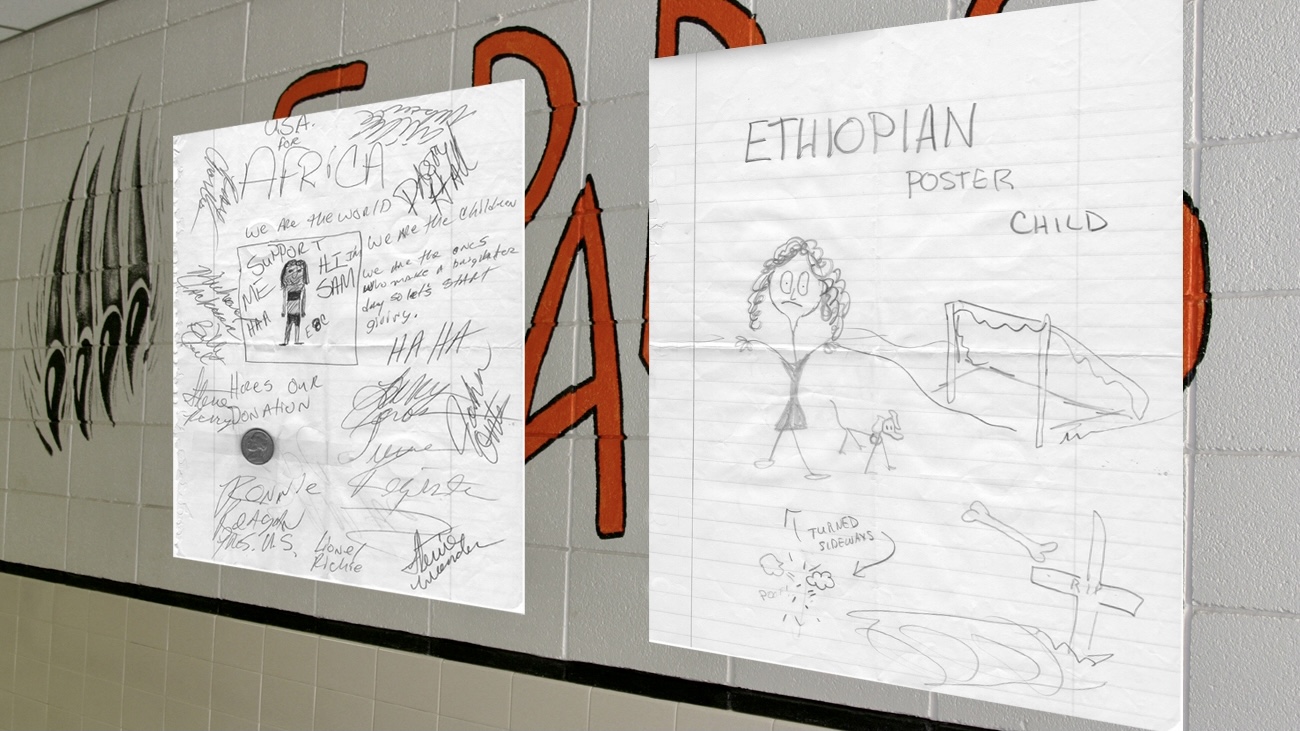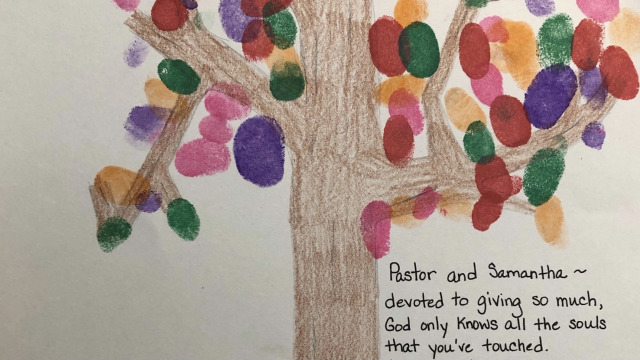By Samantha Nelson … Bullying—we have all heard the ugly word and, at some time, many of us have either observed it happening, been the victim of it, or perhaps even been the perpetrator of it. Bullying is an aggressive means of control and intimidation. As ugly as the word sounds though, the effects of bullying can be deadly, as studies have shown that youth who are bullied are twice as likely to commit suicide.1
Remember the supposedly encouraging antidote we learned as kids? “Sticks and stones will break my bones, but words will never harm me”? Well, my friends, words can—and do—hurt. Sometimes they cause more harm and lasting damage than a broken bone that eventually heals. Kids can be mean. Words can affect a person for a lifetime. Sometimes bullying is because a child is just a mean child but, often, that child is a bully because they are being bullied or abused or may be experiencing some other type of emotional or physical trauma (i.e., parental divorce, homelessness, etc.). This does not excuse their behavior; however, it does provide a glimpse into some of the reasons children behave in inappropriate or even harmful or dangerous ways.
While bullying is widespread among all age groups, and looks a little different within each, none seems to be more prevalent than in our schools. Not just in public schools, but even in our Christian schools. And, yes, I’m sad to say, even in our Adventist schools.
I was not raised in a Christian home and I attended public schools from Kindergarten through 12th grade. One of my earliest recollections of bullying was when I was in 2nd grade. I had broken my leg walking my dog and had to wear a full leg cast and use crutches. One of the boys in my class thought it was funny to take my crutches away at recess so I could not get around. I was left sitting on the sidewalk, unable to return to class when the bell rang and fearful of being in trouble for being late. This ended when my friend and neighbor, a few grades higher than me, walked across the playground and reprimanded the boy and brought my crutches back to me. That was a nice thing to do and represents one way we can help stop bullying—by taking action when we see someone in need of help. It may mean informing the teacher or a parent about what is happening. It may mean being a friend to a vulnerable student.
Another instance of bullying also occurred during 2nd grade. There was another boy who constantly picked on me. He’d pull my hair, knock things out of my hands, and call me names. My teacher did nothing. I told my parents what was happening. My stepfather, bless his heart, had grown up boxing and defending himself in physical ways. He decided the answer was to teach me to punch the boy back when he hit me or bothered me. Fighting was not an appealing solution to me and, to my recollection, I never resorted to hitting the boy back. The school year ended and I don’t think I saw him again. The important lesson here is that, while defending yourself may be necessary at times, violence is generally not the answer.
Time passed and my junior year of high school became a time of bullying in a different way. I was 16 years old, 5’7” tall and only weighed 75 pounds. The abuse I endured at home led me to become a perfectionist and anorexic in an attempt to control the only things I could in my life—my straight-A report cards and my food intake. I was starving myself to death. Because I left for school early in the morning and worked after school, I was able to avoid nearly all regular mealtimes and, therefore, actual meals.
When the popular song, “We Are the World,” was released in 1985 by USA for Africa as a charity single to combat famine in Africa, I didn’t think anything in particular about it, but some of the other students did. I woke up one morning to my alarm clock radio playing the song with a special announcement that it had been dedicated to me. I was shocked. When I walked into the school building that day, I found hand drawn posters of me as a stick figure—calling me the Ethiopian poster child—with nickels taped to them attached to the lockers and hall walls. It was embarrassing, to say the least, and made me feel ashamed of myself as a human being. Between the abuse at home and the bullying at school, I began to self-harm and plan my suicide (that story is too long for this brief article).
While these instances occurred in public schools, since becoming a school board chair of our local Adventist school, I have become acutely aware of bullying within our own supposedly “safe” schools. There are students who pick on each other, call each other names, pull hair, hit, kick, etc. It’s something that is not tolerated, thankfully, and parents are often the recipients of a discussion about their child’s inappropriate behavior toward others. We, as Christians, as Seventh-day Adventists, as adults, and as representatives of our heavenly Father on Earth, must do all we can to prevent and stop bullying when it’s taking place. A child’s life—or even an adult’s—may be at stake.
Additional Resources:
http://www.columbiaunion.org/content/underscore-combating-bullying-how-can-we-help-helpless
https://www.stopbullying.gov/resources/get-help-now
https://www.meganmeierfoundation.org/statistics
–Samantha Nelson is a pastor’s wife who serves alongside her husband, Steve, in NW Wyoming. She is co-founder and CEO of The Hope of Survivors, a nonprofit organization dedicated to assisting victims of clergy sexual abuse and providing educational seminars. to clergy of all faiths. She and Steve love traveling, hiking in the mountains, and enjoying the beauty of God’s creation. Photo supplied.
1.Hinduja, Sameer & Patchin, Justin. (2018). Connecting Adolescent Suicide to the Severity of Bullying and Cyberbullying. Journal of School Violence. 18. 1-14. 10.1080/15388220.2018.1492417.



